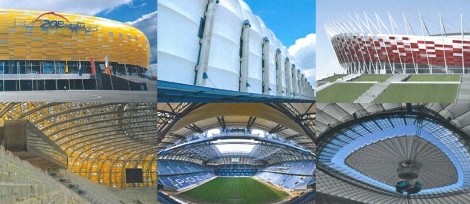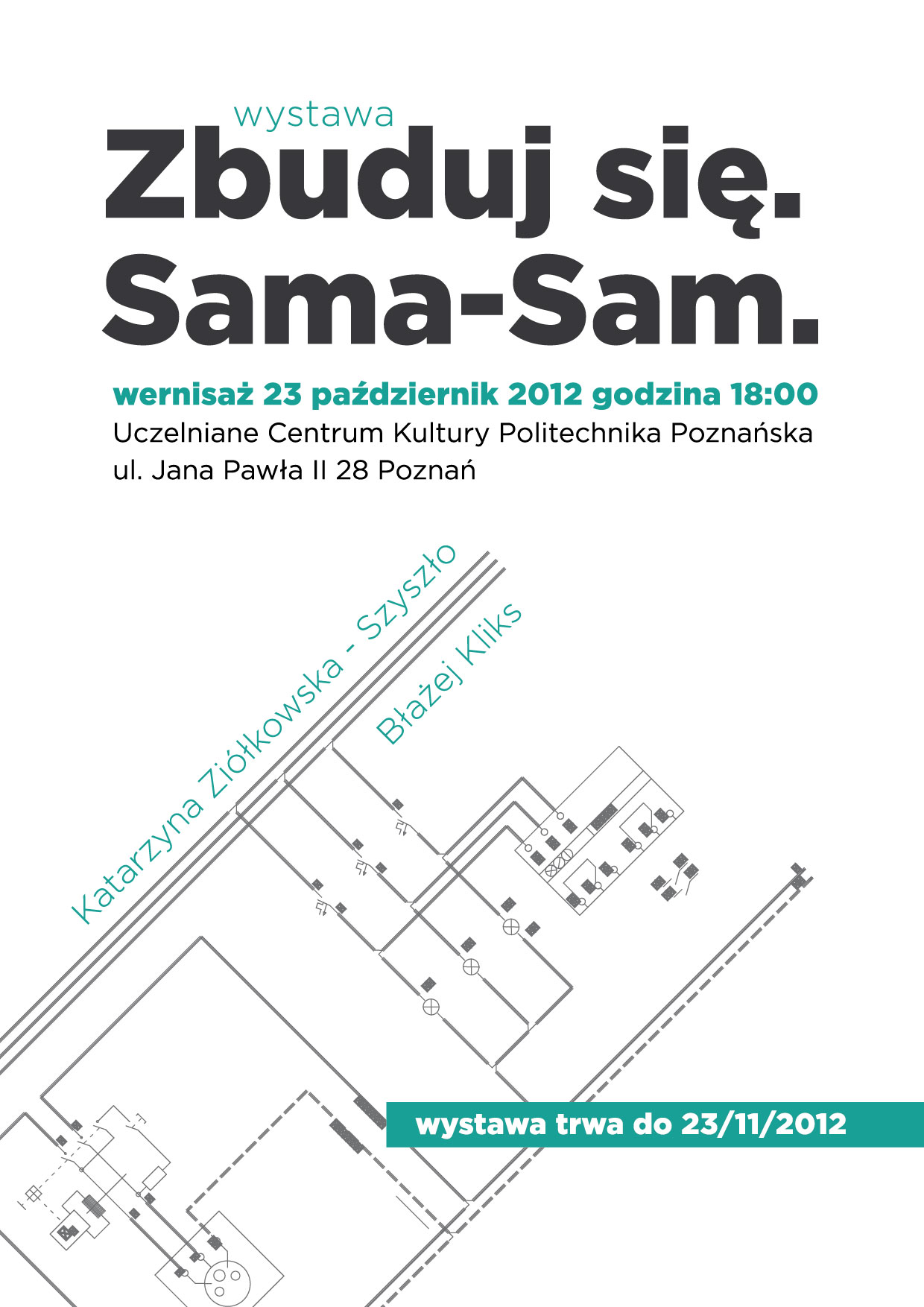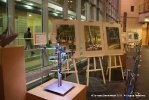March 28, 2014, at the Lecture Centre of the Poznan University of Technology, an exhibition was held to mark the 90th anniversary of diplomatic relations between the Republics of Poland and Peru.
The exhibition was attended among others by Martha Chavarri Dupuy – Ambassador of the Republic of Peru in Poland; Aurora Luque de Hjorth – Cultural Attaché of the Embassy of the Republic of Peru, Piotr Florek – Provincial Governor of Wielkopolska and representatives of the diplomatic corps in Poznań. Prof.dr hab.inż. Jan Żurek, Deputy vice-chancellor for economic cooperation acted as the host of the event.
“I wish to single out a certain aspect of particular importance to the Polish-Peruvian relationship, both for history and contemporary times, which is the relationship between our citizens, as well as the fruitful cooperation that has strived in the fields of science, technology and higher education since the mid-XIX century, when Poland did not exist as an autonomous state, and Peru was in the process of building a sovereign state.”- said Martha Chavarri Dupuy – Ambassador of the Republic of Peru in Poland, in her opening address -” We can confidently say that the development of Peru, which was influenced by the construction of railroads, bridges, roads, irrigation systems, as well as civilian and military architecture, was made possible largely due to the efficient work of Polish specialists.”
The exhibition in an interesting way presents distinguished Poles and their outstanding achievements in creating the foundations of a modern Peruvian state.
In the XIX century Polish engineer, Ernest Malinowski paid visits to Peru, where he built roads, the national mint, aqueducts, but the memory he left behind was his participation in the defence of the frontiers of Peru and the construction of the Trans-Andean Central Railways, reaching the high Andes to a height of over 4800 meters above sea level. The railroads to date run on bridges built by Malinowski and until recently was the world’s highest stretch of rail track.
Another Pole, who imprinted his greatness in Peru, was Professor Edward Habich, engineer and mathematician who in 1876 founded the first in South America College of Engineering and Mining in Lima, and was its Vice-chancellor. Professor Ryszard Małachowski, the director of the Institute of Architecture, was the brain behind the reconstruction of the Old Town, the Cathedral and the Palace of the President as well as a number of executive buildings in Lima, among others: the Archbishop’s Palace, Palace of the City Council, he is the designer of one of the most important streets of the capital – the Paseo de la República. A significant role was also played by Władysław Kluger, who designed and supervised the system of water supply from the Andes to Lima. Alexander Babinski, engineer and geologist famous for estimating the size of the deposits and the possibility of extracting mineral resources, also developed the maps of vast areas of the country and blueprints of mines.
The location for the opening of the exhibition is not accidental. The cultural exchange between Peru and Poland is permanently etched into the calendar of important events at the Poznan University of Technology. In November 2011, we celebrated the centenary of the scientific discovery of Machu Picchu.
In 2013, the Poznan University of Technology Folk Dance Group “Poligrodzianie” at the invitation of Her Excellency the Ambassador of the Republic of Poland Izabela Matusz, presented Polish folk and national culture to residents of Lima and participants of the festival VI Encuentro Mundial de Folklore MI PERU Nazca.
“Poligrodzianie” as the Cultural Ambassador of Wielkopolska will again represent Poland at the III edition of the Festival San Isidro abre sus puertas al Mund in Lima, in April 2014.




